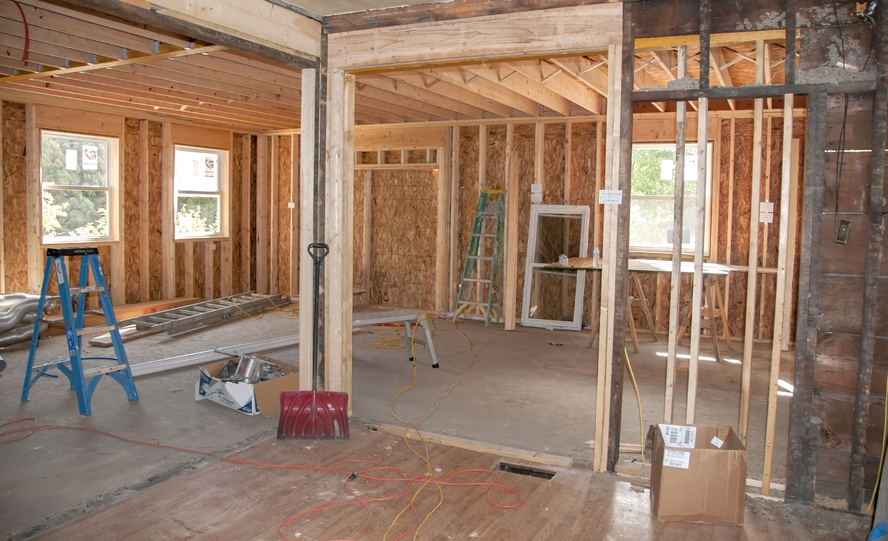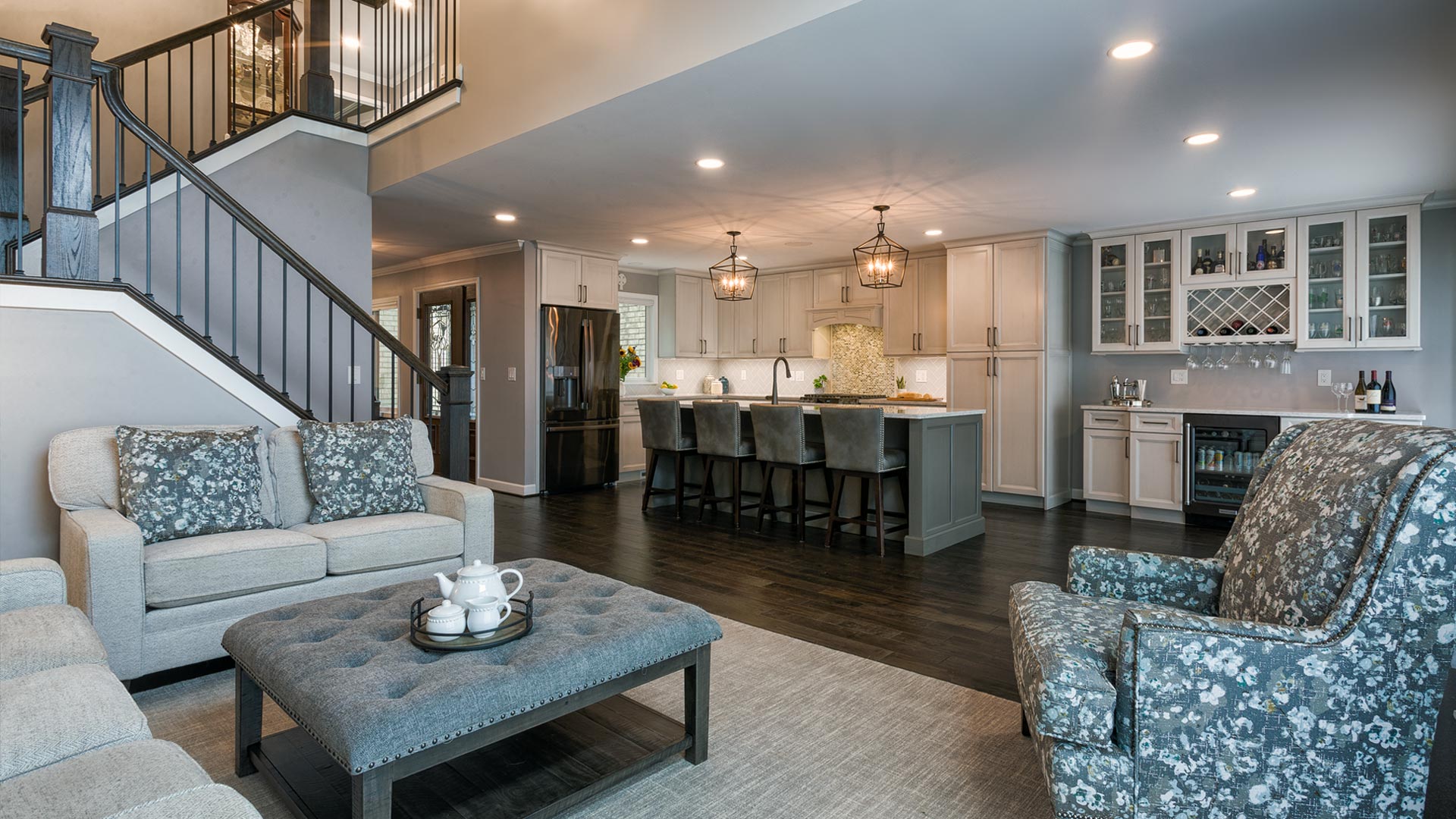Why Typical Locations for Renovating Are Important for Modern Living
In the contemporary architectural landscape, the relevance of usual locations in household and communal rooms can not be overemphasized. Comprehending the complex relevance of these common locations elevates interesting concerns about their duty in shaping area characteristics and way of living choices.

Importance of Usual Areas
The value of common locations in domestic and business spaces can not be overemphasized. These shared atmospheres play an essential role in boosting functionality, access, and aesthetic appeal. In property setups, usual locations such as entrance halls, lounges, and recreational areas promote day-to-day communications among locals, advertising a feeling of neighborhood and belonging. They offer as essential transition zones, offering citizens with rooms to loosen up, socialize, or work together, thus improving the general living experience.
In commercial contexts, usual areas such as waiting rooms, conference centers, and break spaces are essential for operational efficiency. They not just improve the circulation of motion within an office yet also foster cooperation and advancement amongst staff members. Properly designed typical areas can reflect a business's brand name identity while focusing on comfort and access for both clients and team.
Furthermore, usual locations add to the general home worth, as they are often vital elements for possible purchasers or lessees. Visual enhancements and thoughtful remodeling of these spaces can lead to raised satisfaction and retention rates, making them an essential factor to consider for both property and business residential or commercial property proprietors. Focusing on common locations is important for creating atmospheres that are both useful and welcoming.
Enhancing Social Connections
Typical areas act as crucial centers for enhancing social links amongst residents or workers, fostering a feeling of community and cooperation. These shared areas, such as lounges, kitchen areas, and gardens, urge communications and help with relationship-building, which is crucial in today's progressively separated way of livings.
The layout of common locations can dramatically impact social interaction. Open up designs, comfy seating setups, and inviting decor create environments favorable to conversation and connection. By providing spaces for informal events, citizens or staff members can involve in spontaneous interactions, reinforcing bonds and developing networks that may prolong past the instant neighborhood.

Ultimately, well-designed typical areas not just serve functional objectives but likewise play a vital function in supporting partnerships and neighborhood spirit. By buying these rooms, residential or commercial property owners and employers can cultivate a vivid ambience where people really feel valued and involved, resulting in a much more unified living or working environment.
Improving Home Performance
Maximizing home performance includes thoughtful makeover that satisfies the particular requirements of citizens while maximizing using offered room. Common areas, such as living spaces, dining locations, and cooking areas, serve as the heart of the home, and their design should improve day-to-day routines and tasks.
(Bathroom Remodeling)Integrating multi-purpose furnishings, such as collapsible tables or integrated storage space remedies, can substantially boost functionality. These features not just conserve room yet also facilitate a much more orderly setting. Open layout can further enhance the flow in between different locations, making it much easier for member of the family to engage and participate in numerous activities all at once.
Furthermore, the integration of modern technology can add to improved capability. Smart home systems permit for smooth control of lighting, environment, and protection, enhancing convenience and effectiveness. Correct illumination style is additionally important; well-lit spaces produce a welcoming ambience while sustaining jobs and activities that require emphasis.
Eventually, renovating common locations with a concentrate on functionality makes sure that homes serve their designated function efficiently, suiting the diverse lifestyles of locals while cultivating a feeling of convenience and ease in everyday living.
Boosting Aesthetic Charm
Enhancing the visual appeal of usual areas not only raises the aesthetic charm of a home but also contributes to a welcoming ambience that reflects the locals' individual design. Attentively designed typical spaces, such as living rooms, dining areas, and corridors, act as the background for daily communications and memorable gatherings, making their appearance essential.
A well-executed remodeling project can include a range of design components that enhance the overall setting. For circumstances, incorporating natural shade combinations, elegant home furnishings, and sophisticated lights fixtures can create an unified setting. Textures and materials, such as wood, rock, or fabric, can include depth and warmth, welcoming convenience and relaxation.
Artistic touches, such as wall art or attractive accents, not just personalize a room yet also act as discussion starters. Furthermore, incorporating useful aspects, like built-in shelving or attractive storage options, can maintain a clean aesthetic while offering functionality.
Eventually, changing common locations right into aesthetically appealing rooms improves the living experience, advertises social interaction, and showcases private preferences, making them important components of contemporary living. These improvements foster a feeling of pride and recommended you read possession, creating a home that is both lovely and welcoming.

Raising Property Value
(Home Improvment)Homeowners wanting to raise their building worth must think about renovating common locations, as these rooms significantly affect a buyer's very first impact. Properly designed and updated communal locations can develop an inviting environment that enhances the general appeal of the home. Buyers commonly visualize themselves and their guests in these rooms, making them critical in the decision-making process.
Renovating typical locations, such as entryways, living areas, or shared outside areas, can generate considerable returns on investment (Home Remodeling). A modern-day, useful design that includes existing patterns-- such as open flooring strategies or environment-friendly products-- can draw in a bigger array of potential customers. Enhancing these areas can raise the viewed value of the entire building, making it extra affordable in the market.
Furthermore, buying typical areas can bring about increased marketability. Qualities with properly maintained and visually pleasing common rooms are often quicker to market and may command higher market price. Property owners need to prioritize upgrades that improve both performance and style to maximize their home's potential worth. Ultimately, thoughtful makeover of typical areas is a calculated strategy to not only improve living problems yet also to secure a greater roi when offering.
Conclusion
In final thought, the improvement of common areas is important to contemporary living, as it substantially boosts social connections, enhances home functionality, and increases visual appeal. By prioritizing thoughtful design and modernization, typical locations can effectively satisfy contemporary lifestyle demands, creating inviting settings that promote communication and well-being among citizens.